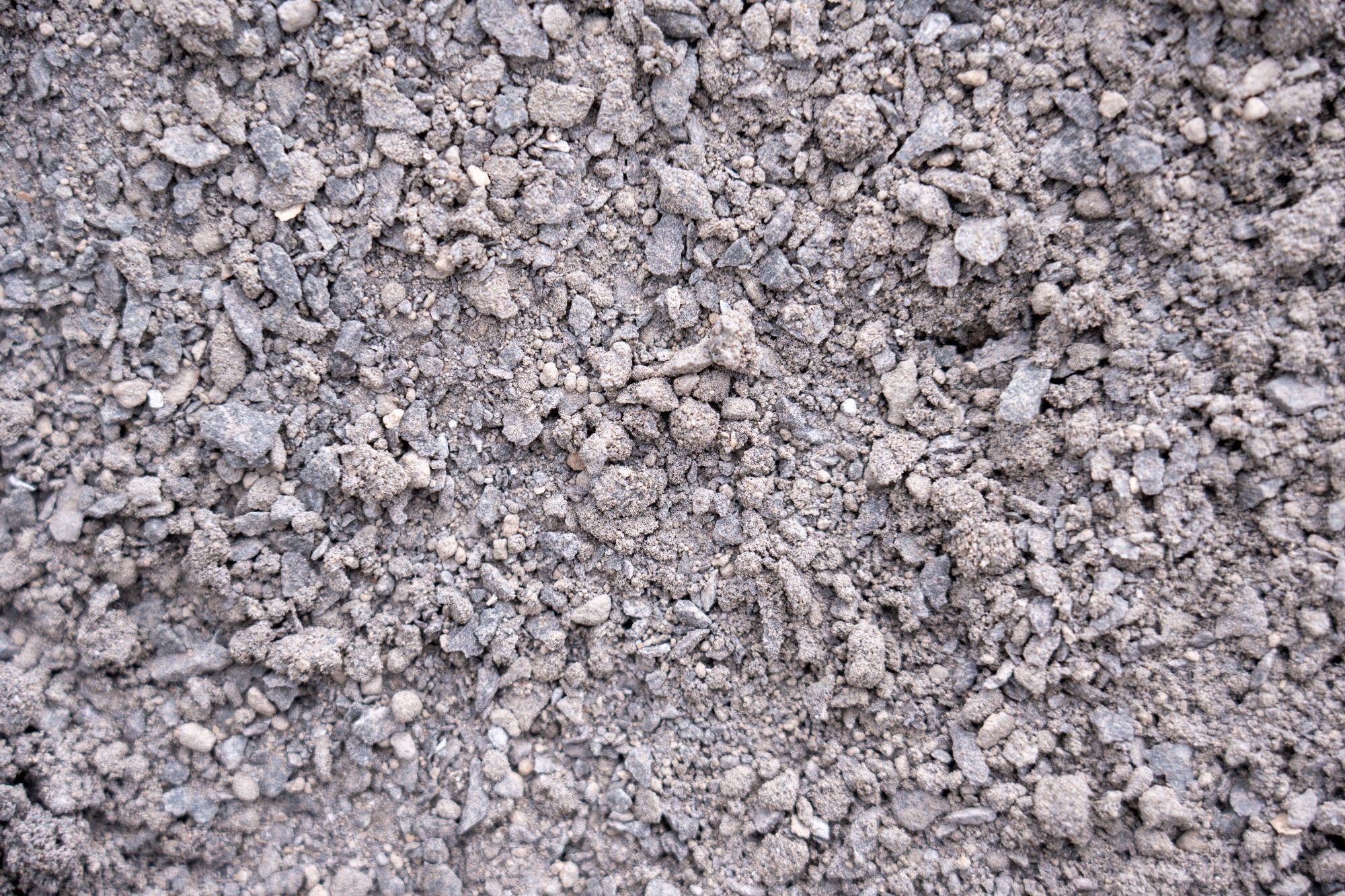Researchers have identified that replacing 30 %–40 % of fine aggregate in concrete with iron tailings sand significantly enhances its strength, ductility, and energy absorption under cyclic loading.
 Study: Analysis of the influence of iron tailings sand on the properties of concrete mixtures and cyclic compressive behavior. Image Credit: Giulumian/Shutterstock.com
Study: Analysis of the influence of iron tailings sand on the properties of concrete mixtures and cyclic compressive behavior. Image Credit: Giulumian/Shutterstock.com
Iron tailings sand (ITS), a waste product from mining and metallurgical processes, has gained attention for its potential as a sustainable alternative to natural sand in concrete. Thanks to its angular particle shape, favorable surface texture, and chemical stability, ITS offers both environmental and economic benefits, reducing reliance on natural resources while helping manage industrial waste.
However, most existing research has focused on static properties like compressive strength and workability. What’s been largely overlooked is how ITS affects concrete under repeated or dynamic loads - conditions common in seismic zones, industrial floors, and underground infrastructure. This study aims to fill that gap.
Study Overview
For the study, the research team explored how varying ITS content (0 %–60 %) influences the mechanical behavior and cyclic compressive performance of concrete. The focus was on key performance metrics such as compressive strength, workability, deformation capacity, and energy dissipation under uniaxial cyclic loading.
Using the absolute volume method, the team designed multiple concrete mixes while keeping total sand content constant. ITS was used to partially replace natural river sand in the fine aggregate blend, while crushed stone served as the coarse aggregate. All mixes maintained consistent dosages of cement, water, water-reducing agent, and polycarboxylate superplasticizer.
The mixing process began with dry blending of cement and aggregates, followed by gradual wet mixing with water and superplasticizer. Workability was assessed via slump and bleeding rate tests. Standard cube specimens (150 × 150 × 150 mm) were tested for compressive strength, and cylindrical specimens (100 × 200 mm) were subjected to cyclic compression using a servo-hydraulic testing machine.
Key Findings
Concrete mixes containing 20 %–40 % ITS consistently outperformed others in mechanical strength and deformation capacity. Specifically, mixes with 10 %–40 % ITS demonstrated improved toughness and ductility under cyclic loads, with greater energy absorption indicated by increased hysteresis energy.
The sweet spot appeared to be in the 30 %–40 % range, where ITS contributed to optimal particle packing and a denser interfacial transition zone. These structural improvements translated into better resistance to cracking and superior performance under repeated stress.
However, when ITS content exceeded 40 %, performance began to decline. Excessive fine particles increased internal porosity and disrupted the continuity of the cementitious matrix. Concrete with 50 %–60 % ITS showed higher plastic deformation and lower stiffness, with more irregular stress–strain behavior and faster crack propagation. This compromised both strength and stability, underscoring the importance of carefully managing ITS dosage.
Practical Implications
For engineering applications where strength, durability, and deformation resistance are critical - such as earthquake-resistant buildings or heavy-duty industrial floors - ITS offers a viable, sustainable additive. But content must be controlled. A 20 %–40 % replacement range appears ideal, striking a balance between mechanical performance and microstructural integrity. Beyond that, the risks of reduced ductility and stability increase sharply.
Factors like particle grading and surface texture also play a vital role in how ITS interacts with the cement matrix, pointing to further opportunities for optimization.
Where to Go from Here
While the results point to clear benefits of using ITS in concrete, the study leaves important questions open. Only a single ITS particle grading was tested, limiting insight into how size distribution might influence performance. Likewise, the research did not explore how ITS interacts with different binder types, which could significantly affect mix behavior in real-world applications.
Future studies should broaden the scope by experimenting with various ITS gradations and binder systems. This would not only validate the findings across a wider range of conditions but also help develop more tailored, high-performance concrete mixes for specific structural demands.
Unlocking the full potential of ITS in sustainable construction will require a deeper understanding of these material interactions and how they scale in practical use.
Journal Reference
Chen, L., & Tang, Y. (2025). Analysis of the influence of iron tailings sand on the properties of concrete mixtures and cyclic compressive behavior. Scientific Reports, 15(1). DOI: 10.1038/s41598-025-10745-0. https://www.nature.com/articles/s41598-025-10745-0
Disclaimer: The views expressed here are those of the author expressed in their private capacity and do not necessarily represent the views of AZoM.com Limited T/A AZoNetwork the owner and operator of this website. This disclaimer forms part of the Terms and conditions of use of this website.